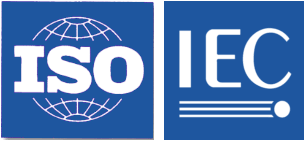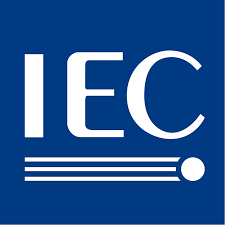Information technology -- Radio frequency identification (RFID) for item management -- Software system infrastructure -- Part 3: Device management
This document defines interfaces for device management of RFID systems. Interfaces are defined that provide for discovery, configuration, initialization and monitoring of RFID systems within the software system infrastructure (SSI).
This document only deals with devices that provide RFID related services. It does not distinguish the form factor of such RFID devices.
This document provides two distinct interface sets, one based on the GS1 EPCglobal DCI standard and the IETF SNMP RFCs and the other based on the Organization for the Advancement of Structured Information Standards (OASIS) DPWS standard. The definition of the Device Profile for RFID is referred to in this document as the RFID Device Management Profile, or RDMP.
Each interface option set provides interface definitions that provide ISO/IEC 24791-3 Client Endpoints and Services Endpoints with the mechanisms for:
— the discovery of the RFID devices and services on a local or remote subnet;
— a firmware upgrade service;
— a management service that implements configuration related functions;
— a monitoring service for reporting alerts, diagnostics, and performance information.
The two interface set definitions provided by this document allow for clients and services endpoints to implement and provide the services based on the specific characteristics of the RFID system to be implemented. Subclause 1.2 defines the Conformance requirements for systems that implement components of one or both of the interface sets.

